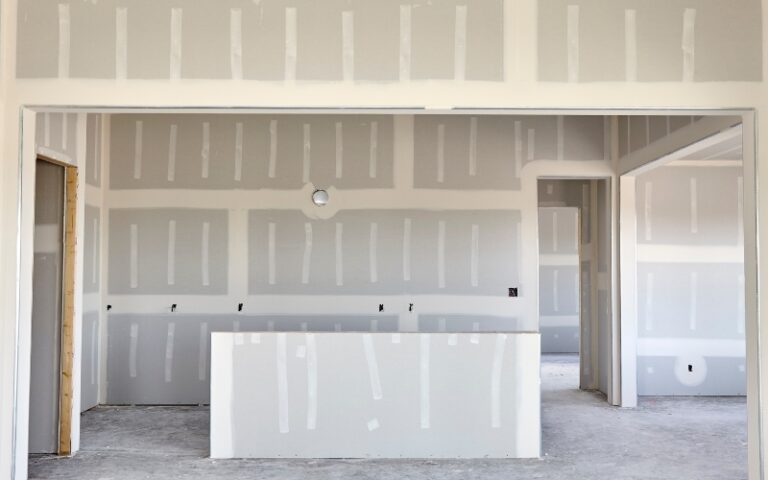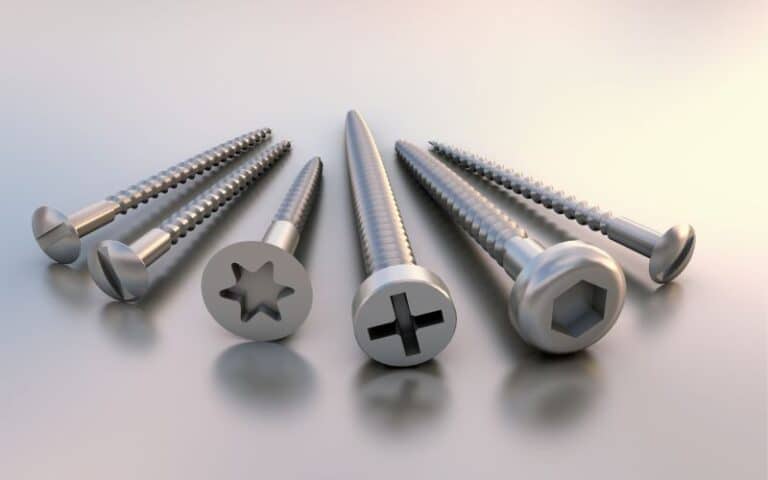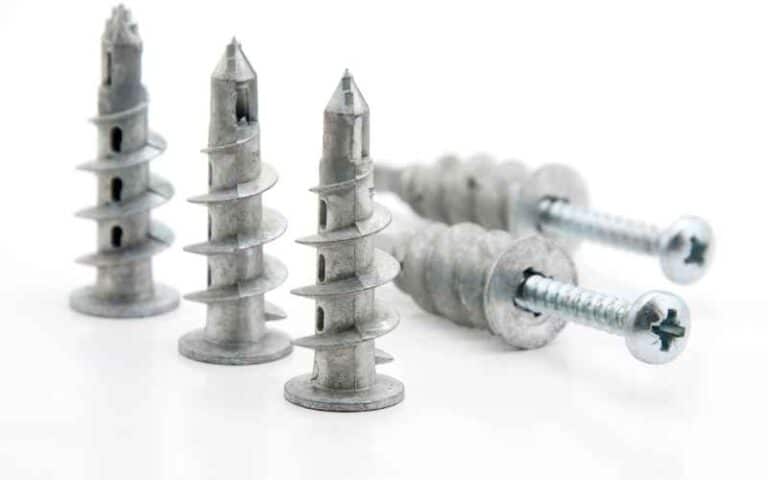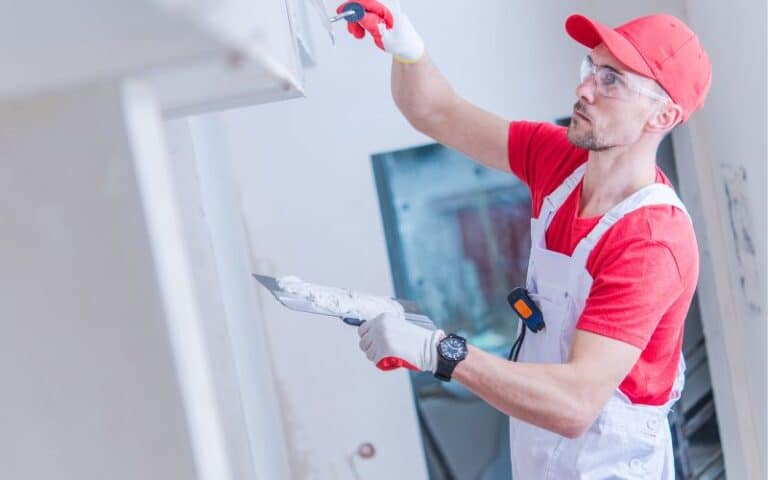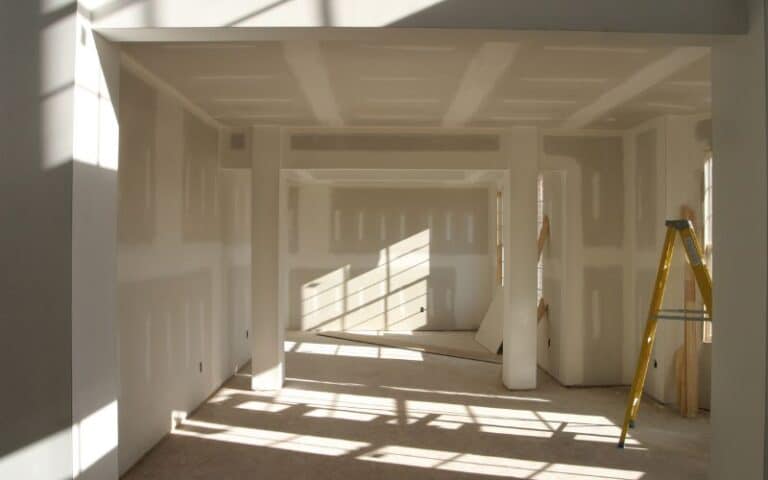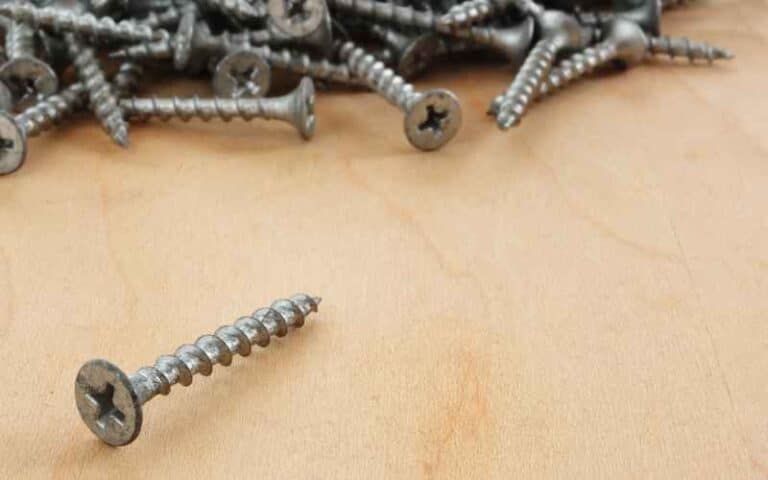Drywall screws have become the standard latches for installing your drywall sheet to the wall stud. These screws make it easier to install your drywall neatly, making it more beautiful.
However, you have to install them right and use the right equipment to install them. So after installing your drywall, you might wonder how much mud coat you must install on the screw.
The number of times you need to apply mud on your drywall depends on your available time, the type of mud you are using, and the finishing you want for your wall. However, you should apply the coats at least three to four times.
Stay put, as I’ll explain the best type of mud you can use for drywall screw heads and how you can apply the coat of mud.
Ready for a Drywall Quiz?
Is a Single Coat of Mud Sufficient for a Drywall Screw Head?
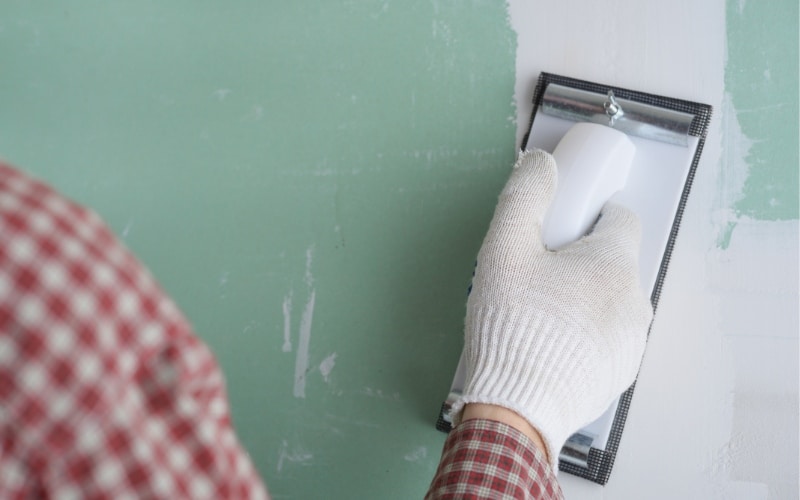
A single coat of mud is not enough for your drywall screw head. You need one mud coat to fill your drywall seam and three more coats after you tap your drywall.
The first coat of mud fills the screw hole; you apply the second coat wider than the first and third.
Drywall mudding is the process of applying numerous thin coats on your drywall and your drywall joint and screws. Adding mud to your drywall adds to the aesthetic level of your wall.
It makes it flat without spotting any seams. However, you must apply this mud coat appropriately to look smooth, and your wall will come out the way you envision it.
Drywall mud comes in either a premixed or a powdered form. There are various types of drywall mud designed for several reasons. Here are some of them.
#1. Quick Setting Drywall Mud
This mud type is also called hot mud. It is in powdered form, and you have to mix it yourself. A distinct feature of this drywall mud is that it hardens easily.
So once you mix it, you have to start work immediately. You use it for tapping and applying your first coat to the seam. The quickset comes in various settings time-20 minutes to 90 minutes.
However, exposing this mud to air and water quickens the chemical reaction causing it to harden fast.
The table below shows the pros and cons of the quickset drywall mud.
| Pros | Cons |
|---|---|
| You use this mud to embed tape in drywall because it facilitates gluing between the tape. | Quickset is not a good sanding coat, so you cannot use it as a finish coat. |
| It strengthens the bond between the drywall paper and the bond. | You can’t accomplish a smooth and uniform wall. |
| It’s ideal when you are working with time. |
#2. Taping Mud
Taping mud also contains a bonding agent that helps with adhesion, like quickset. But they dry slowly, so it’s the best choice for beginners.
In addition, this mud is the best option for renovating plaster cracks and areas prone to tears. However, you can never use this mud as a topcoat because it is tough to sand.
#3. Topping Mud
This drywall mud is very easy to work with. It has the longest working time because it does not get hard easily. You mainly add this as the last polish coat on a new drywall.
This mud is easy to sand and reduces your finishing time compared to other drywall mud. However, it’s best to use the mud after you apply two coats to your taped joints.
#4. All-purpose Mud
This mud gives you confidence when using it. You can use it for all your drywall finishing. It is portable, straightforward to use, and provides extended working time.
You can also use this mud for taping seams, but it’s a good polish coat. You will see the all-purpose dry mud in buckets with blue lids distinguishing it from other mixed mud.
#5. Lightweight All-purpose Drywall Mud
Although this mud is not ideal for taping joints, it’s simple. It’s a drywall mud that lives up to its name.
Its lightweight nature makes it a perfect finish coat and a popular product when you need a heavy coat.
What Type of Mud Should You Use for Drywall Screws?
The best mud for your drywall screw is the all-purpose mud for taping mud. You can also use quickset mud, but you might have to add a bit of glue for good adhesion.
How Do You Add Mud to Drywall Screws?
If you don’t apply the mud coat appropriately over your screw, it will form bubbles at the screw point. Here are the steps to apply your mud over the screw.
- Ensure the screw is countersunk perfectly. To know this, move the blade of the finishing knife over the screws. Doing so will let you know if any screw is sticking out.
- Fix any sticking screw to save you the stress of driving them in a while mudding.
- After ensuring your screw is perfect, apply the first coat on your wall. Use a small trowel to apply the mud over your screw.
- Then, wipe the knife away from the excess mud in the opposite direction. Ensure you cover all divots left by the screw. Then you can apply the mud all over your drywall.
- Allow the first coat to dry and scrape off excess mud from screws to ensure smooth drywall.
- After drying, use a mud knife to apply the second coat to all joints and screw heads. But this second coat should be thicker than the first and fill up the screw holes visible after the first coat.
- After the second coat dries, you can apply the third coat.
- When applying the third coat, you can repeat the process; you only have to switch from a medium trowel to a larger one. A 12-inch mud trowel does the work better.
- Then you can paint or prime your drywall, depending on your preference.
Why Do You Mud Drywall Screw?
It’s best to apply mud over the drywall screw for the following reasons;
- Applying mud over your drywall screw makes it beautiful. It fills the hole of the screws and makes it rhyme with your wall.
- Applying mud coat to these screws provides structural support and smoothens the wall so that you will never see any sign of screws on your drywall.
- Furthermore, the drywall screw is not as strong as drywall nails, so they will not hold up well without mud support.
- In addition, the mud helps to reinforce the connection between the drywall and the framing, making the wall stronger and more durable.
- However, you have to apply the mud right.
Is It Okay to Use Drywall Screws Without Mud?
It is not ideal to use drywall screws without mud. The general thumb rule is that you must mud the drywall joints and screws before painting.
Apart from the fact that your wall will not be attractive, it’s a necessary step you must follow before painting your drywall.
So if you want to use a drywall screw on your drywall, you will apply a mud coat for a professional and quality purpose.
FAQS
What Is the Difference Between Drywall Mud and Joint Compound?
There is no difference between the two; they are the same. The joint compound consists of a spreadable consistency which is the same as mud, which is how it got the name.
Do You Need to Tape a Drywall Screw?
You don’t need to tape a drywall screw because if you tape them, it will create a little bump and protrude a little above the drywall. So you are never going to get a level wall.
Is It Necessary to Sand Between Coats of Drywall Mud?
It’s best to sand between coats of drywall mud. You must sand before applying two more coats when the first coat dries.

